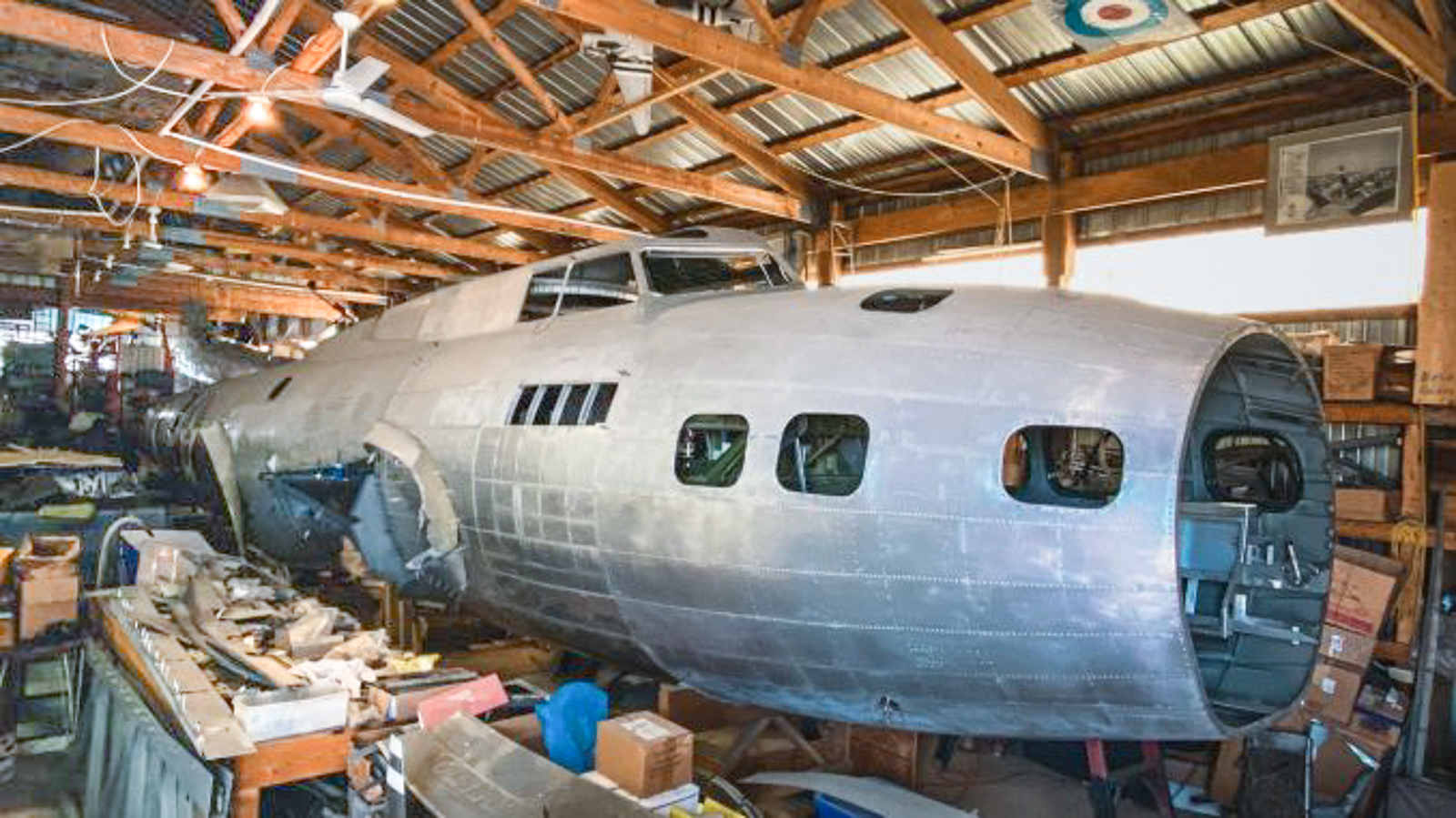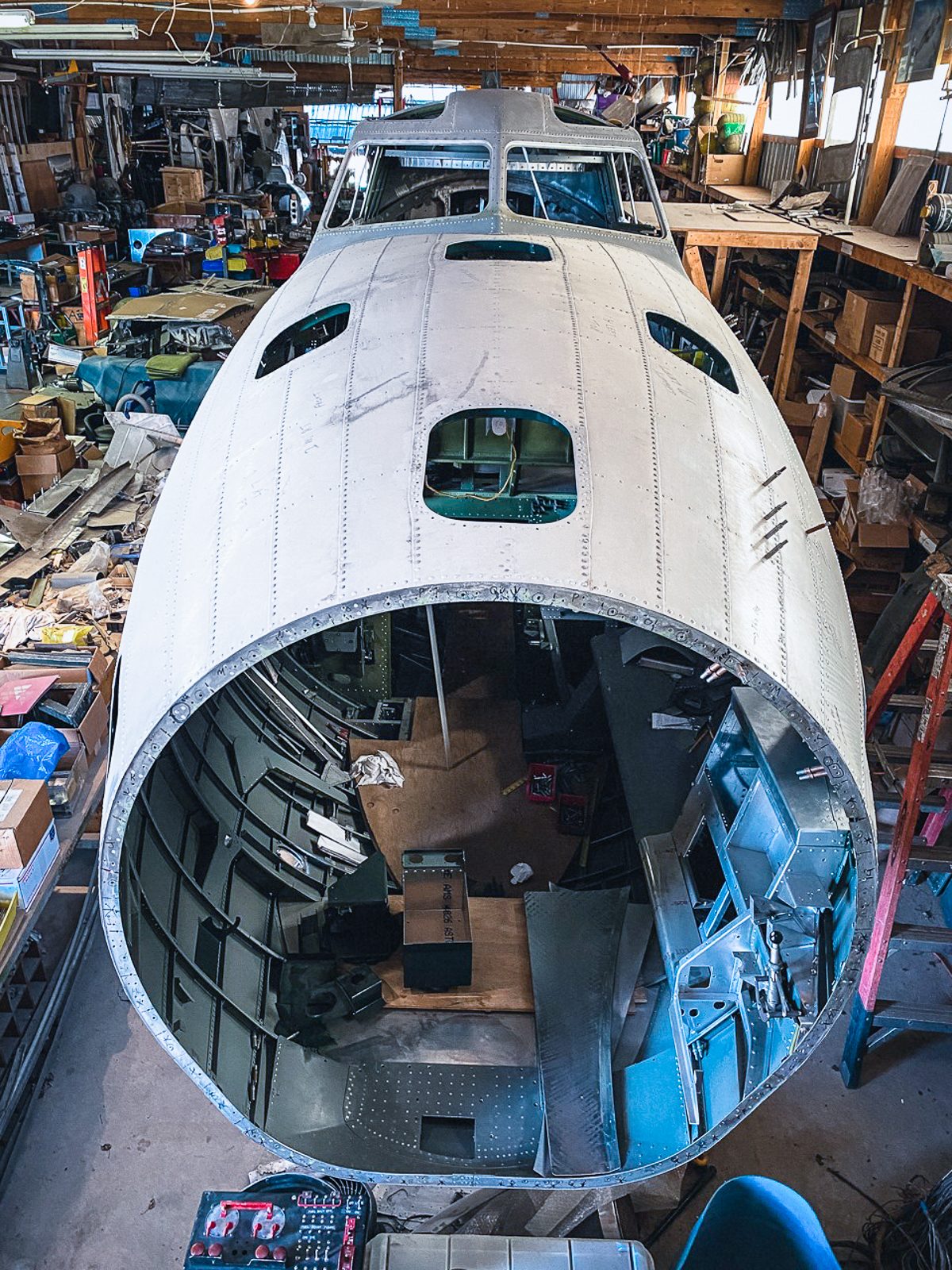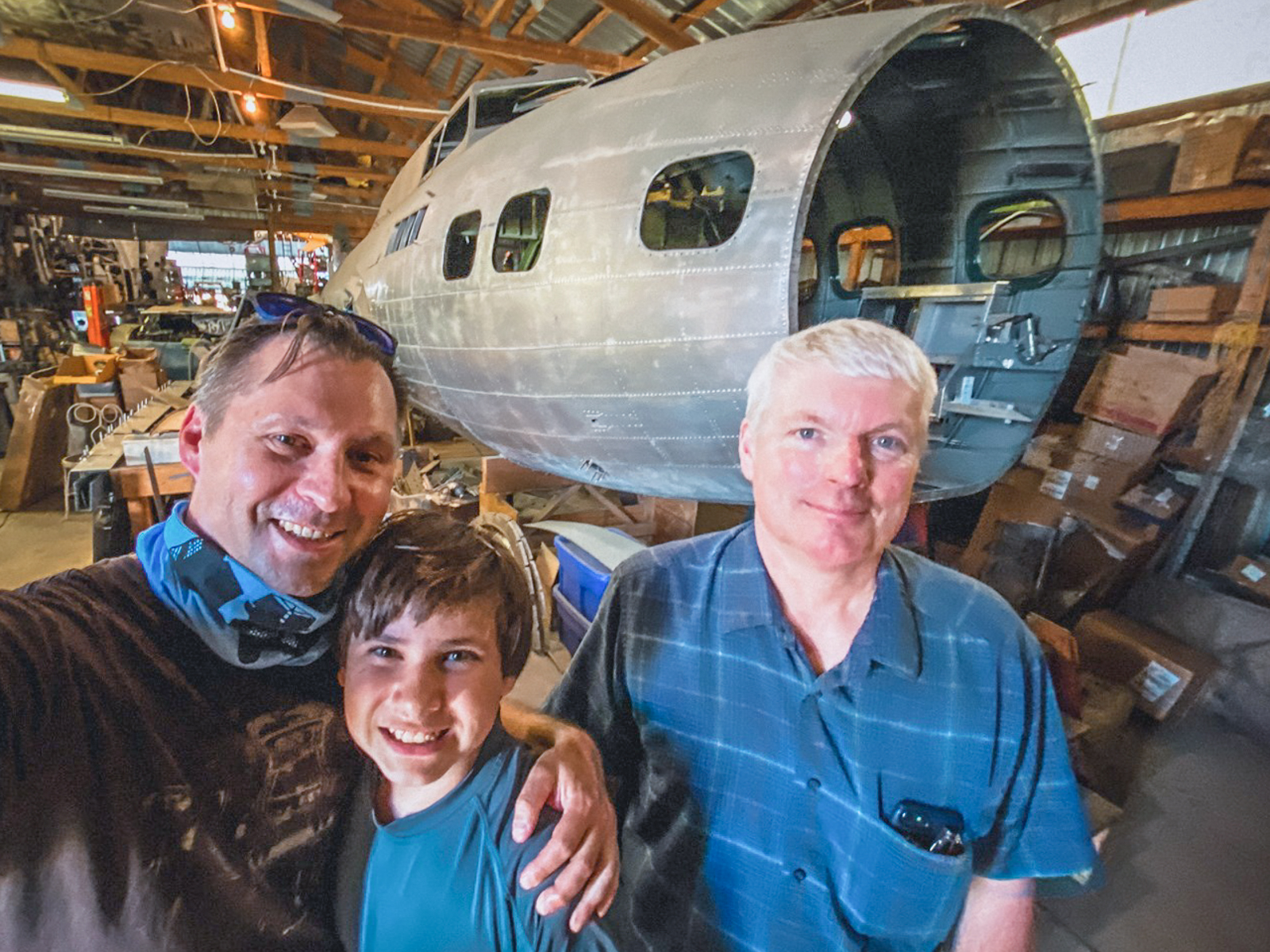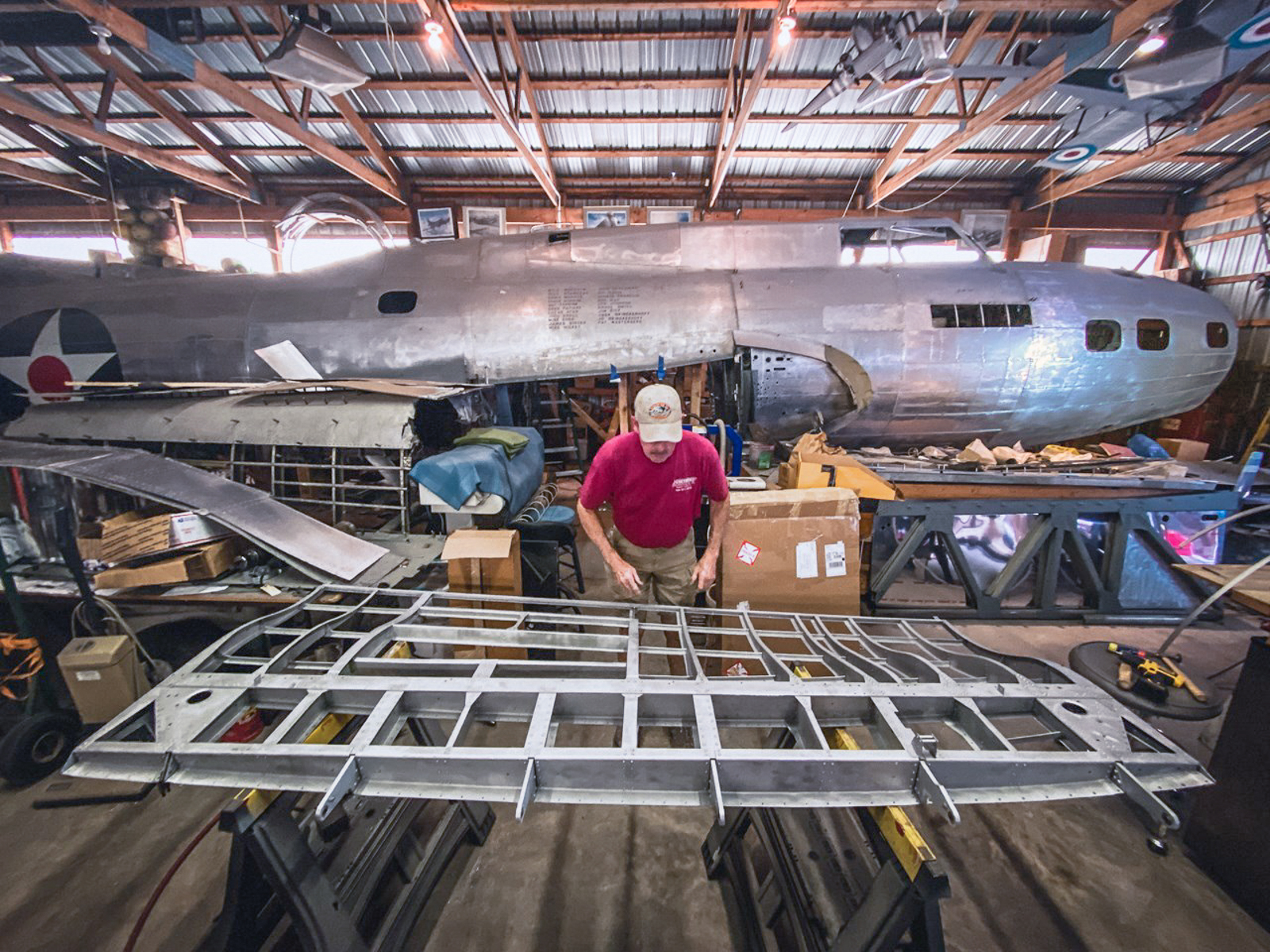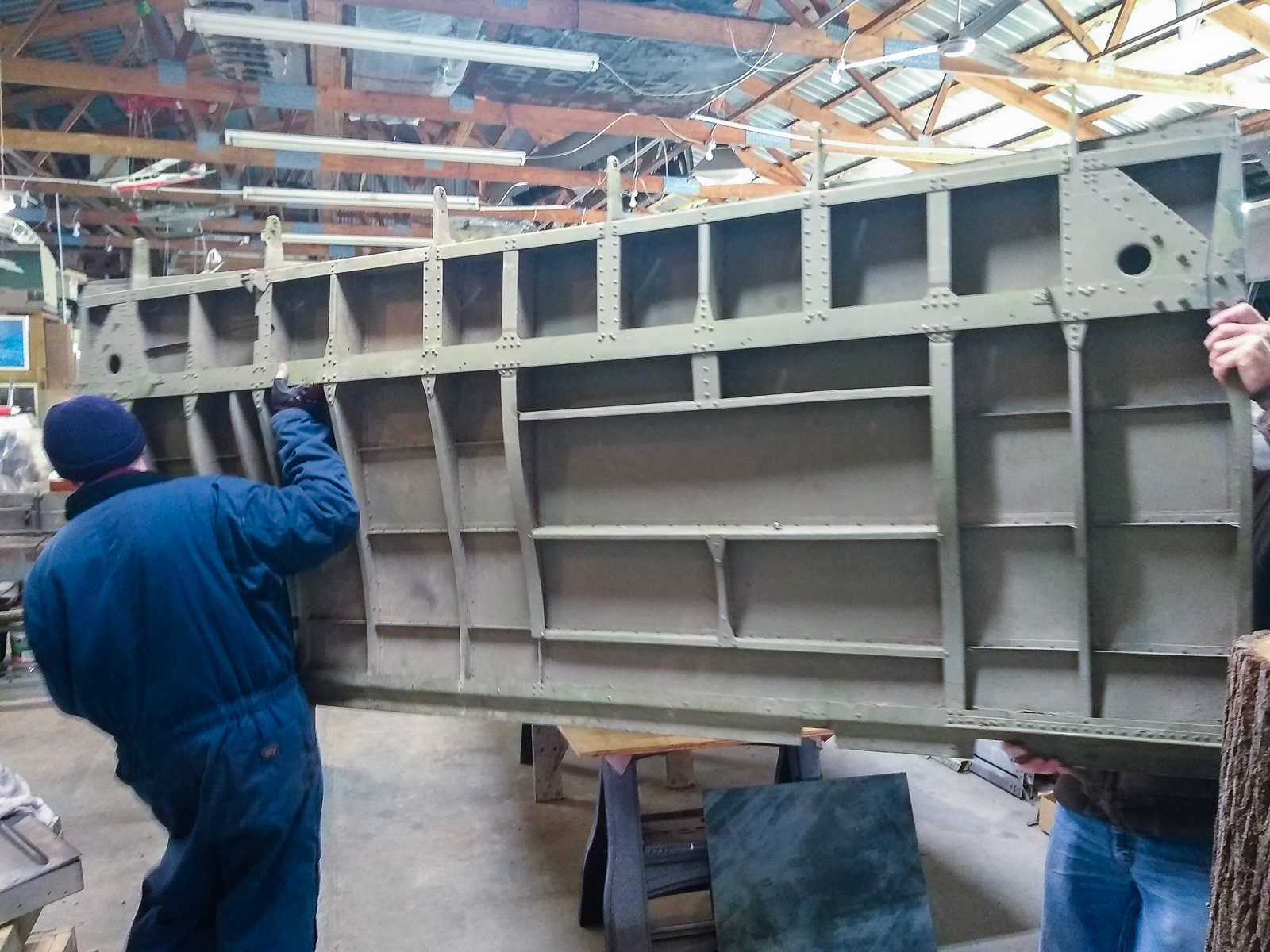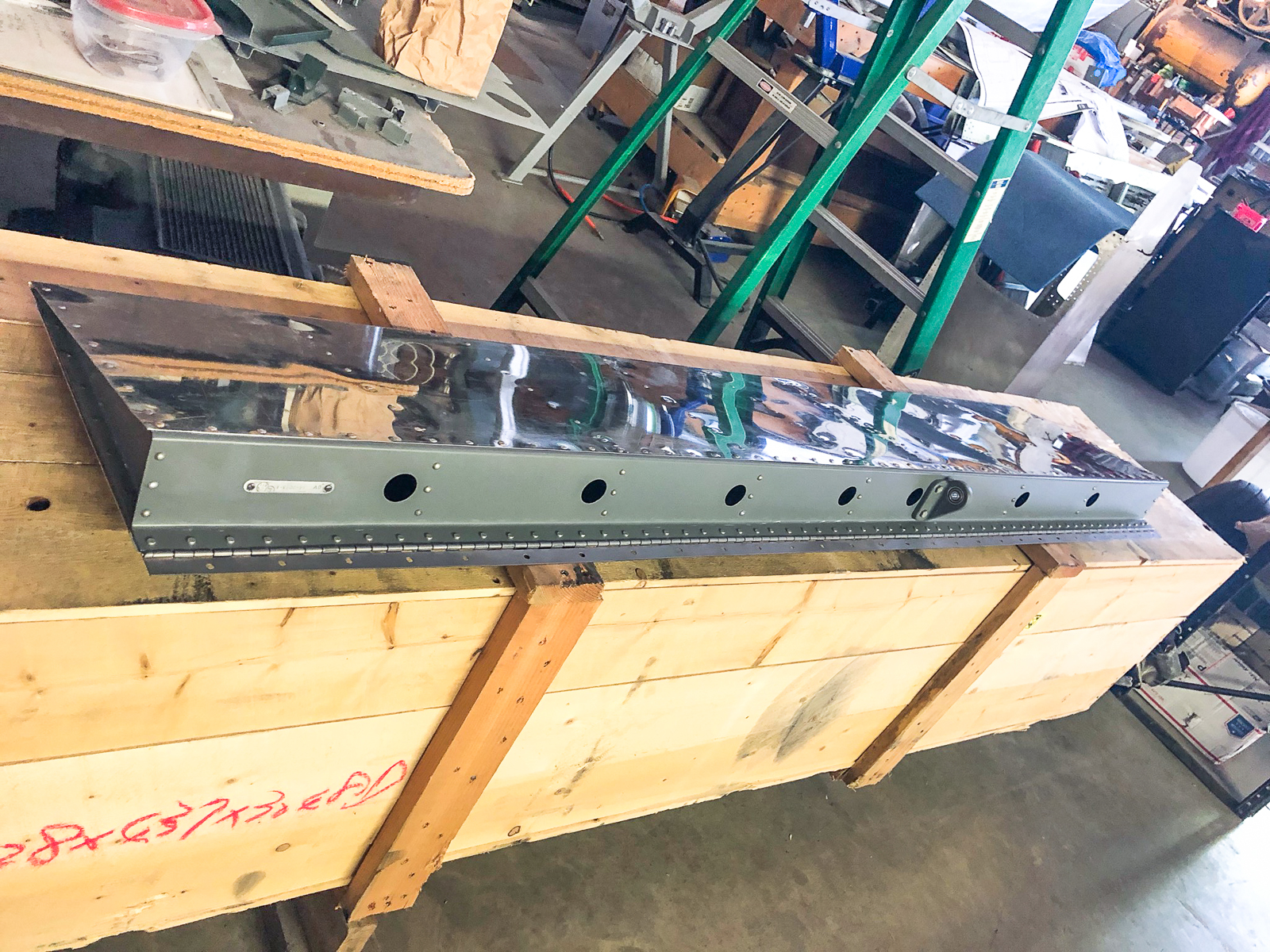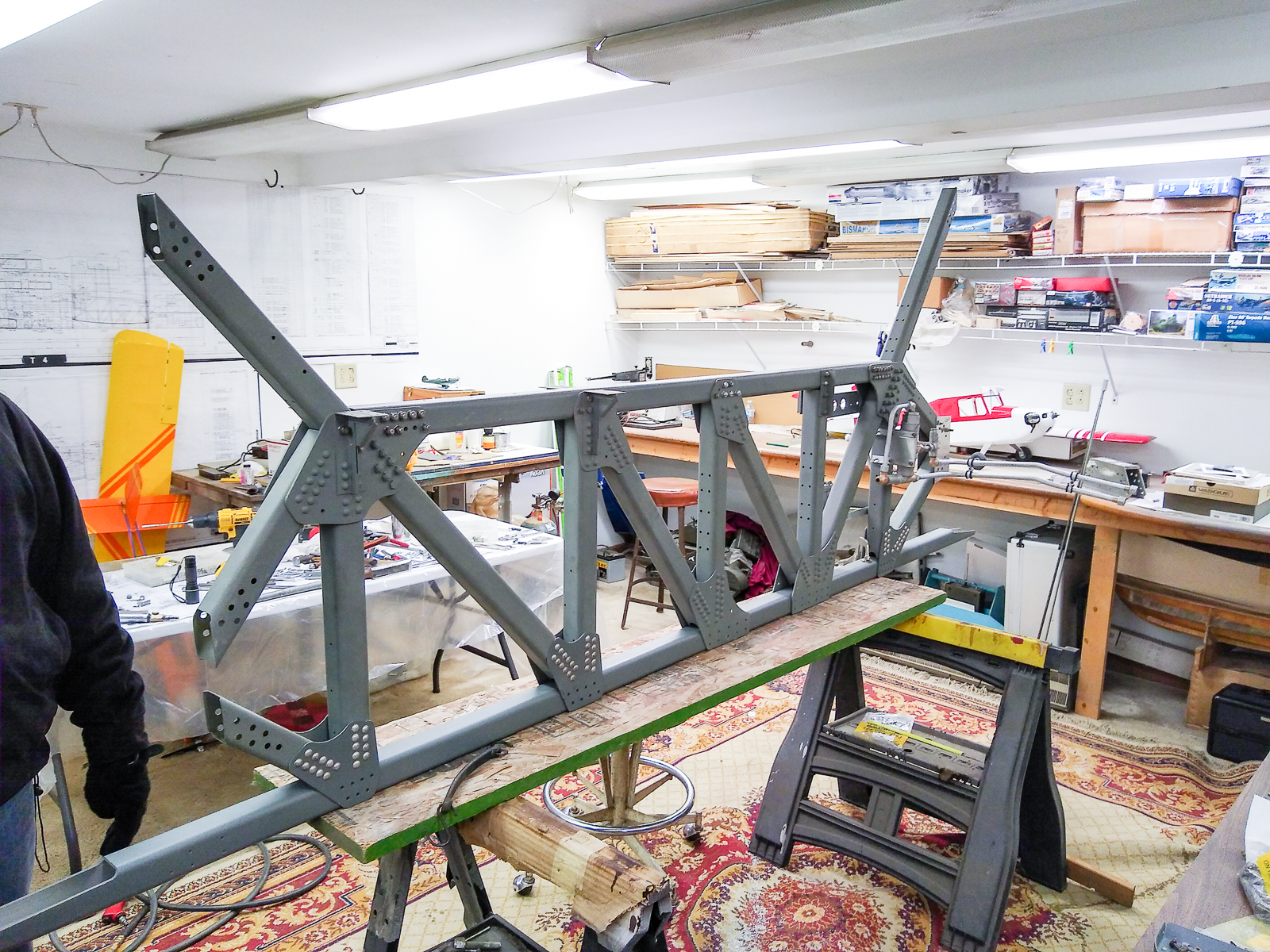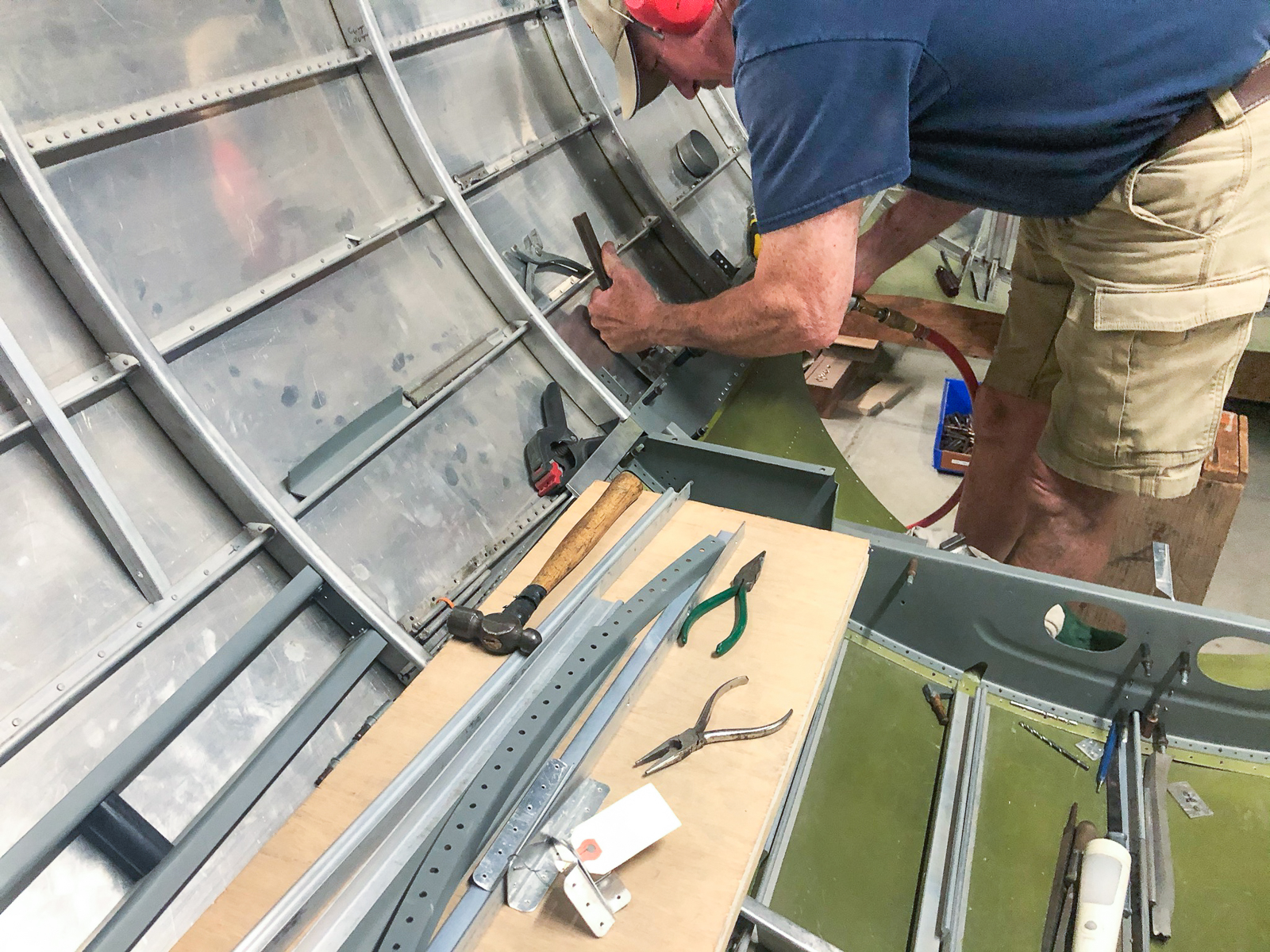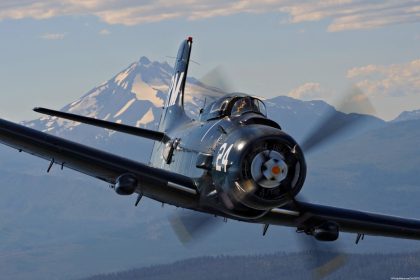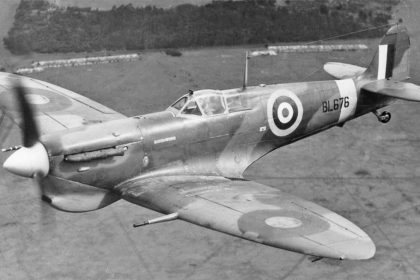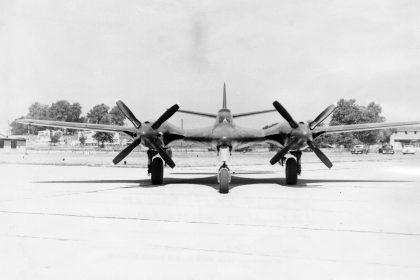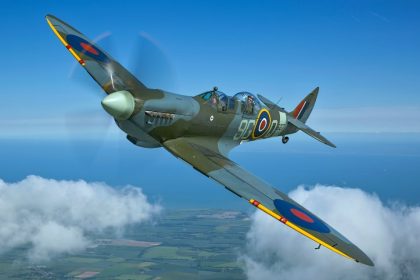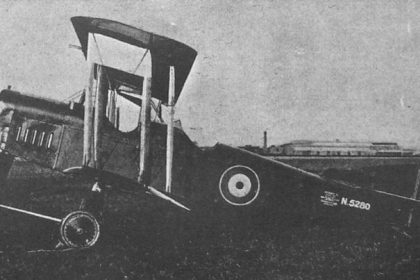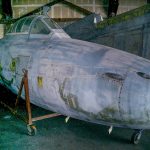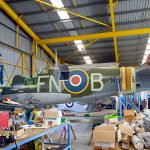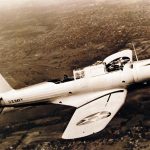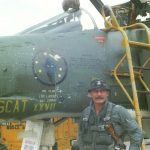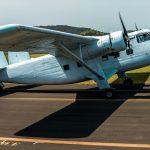Mike Kellner and his team of volunteers in Morengo, Illinois have been steadily working away on the restoration of Boeing B-17E Flying Fortress 41-2595 for much of the past four decades, and we have covered their remarkable grassroots effort from time to time. Recently, we had the opportunity to catch up on progress with the Vintage Aviation Museum’s Director, Sean O’Brien, who shared the latest developments with us which we thought our readers would enjoy learning about.
As we have reported previously, Kellner found the aircraft in a farmer’s field near Bangor, Maine as a hodgepodge of chopped up components back in the mid 1980s. Somehow, he had the vision (and the fortitude) to see this jumble of battered parts as having the potential of one day going back together again as an airworthy B-17. The project got under way in earnest during the mid 1990s. While Kellner and his intrepid volunteers work on a shoestring budget, they have wrought miracles with their efforts. The Fort’ is well on her way to becoming whole again.
Interestingly, this aircraft never served as a bomber during her combat-life (in the CBI), but rather as the sole-example of the XC-108A, a cargo conversion of the Fortress. However, Kellner is restoring the aircraft back to her original guise as a B-17E bomber variant, the same as when she rolled off Boeing’s production line in April, 1942. Desert Rat, as Kellner and his team have re-dubbed her, will be the oldest Flying Fortress in the skies when she finally flies, although this record may eventually be surpassed by a B-17C which the Vintage Aviation Museum also has on the books.
The restoration team has been hard at work tying up loose ends on the fuselage, as of late, including the ball turret surround, the cat walk truss in the bomb bay and the wing attachment channels. The elevator trim tabs are now completed. The bomb bay doors are getting close to being finished, with one of them recently being test-fitted. The restoration team has also acquired a top turret assembly. This was a huge win for the team as the early turrets are very hard to come by. It is currently in good hands at North American Restorations where turret restoration guru, Harland Avezzie, will work his magic to restore this rare artifact.
O’brien noted, “We are still working on getting new wing spars made. Once this happens the restoration on the wings should progress rather quickly. The wing spars are a challenging phase of the restoration due to their design. They are not extruded, but rather they are made through a process known as ‘tube drawing’. And to compound this issue, each spar tube is almost 25ft long, tapering from one end to the other! Few machines have the ability to make a tube like this in that length. Boeing is unable to assist, as they no longer have any of the tooling, so we are looking into other companies. We have been in contact with a company in England who may be able to help. We will update once we know more!”
“In the meantime the restoration team will do what they can on the wings while they await the new spar tubes. The wing tips are done. Any donations are greatly appreciated and will help the restoration process. Donations can be made thru our website and they are tax deductible.”
Desert Rat is one of three projects within the Vintage Aviation Museum, a 501c3 non-profit organization. If anyone would like to help with these aircraft, they can visit www.vintageaviationmuseum.com to click on the donate button on the front page.
If you wish to contribute to the restoration of these important aircraft, whether it be with parts, labor or cash, please contact the Vintage Aviation Museum HERE to find out how. The organization also has a web store with some cool products to buy. Desert Rat also has its own dedicated Facebook page HERE which some of our readers may enjoy viewing too!







